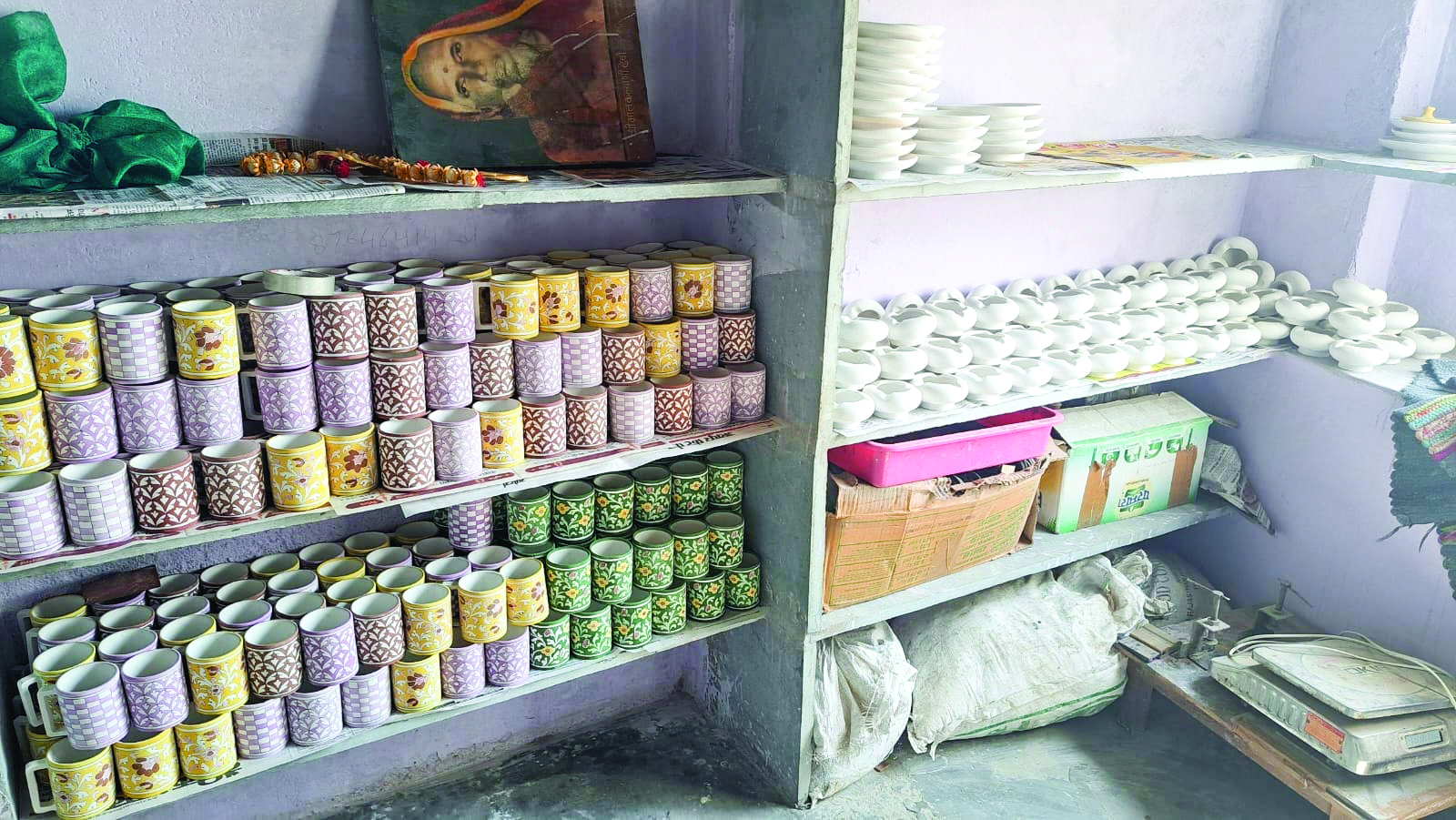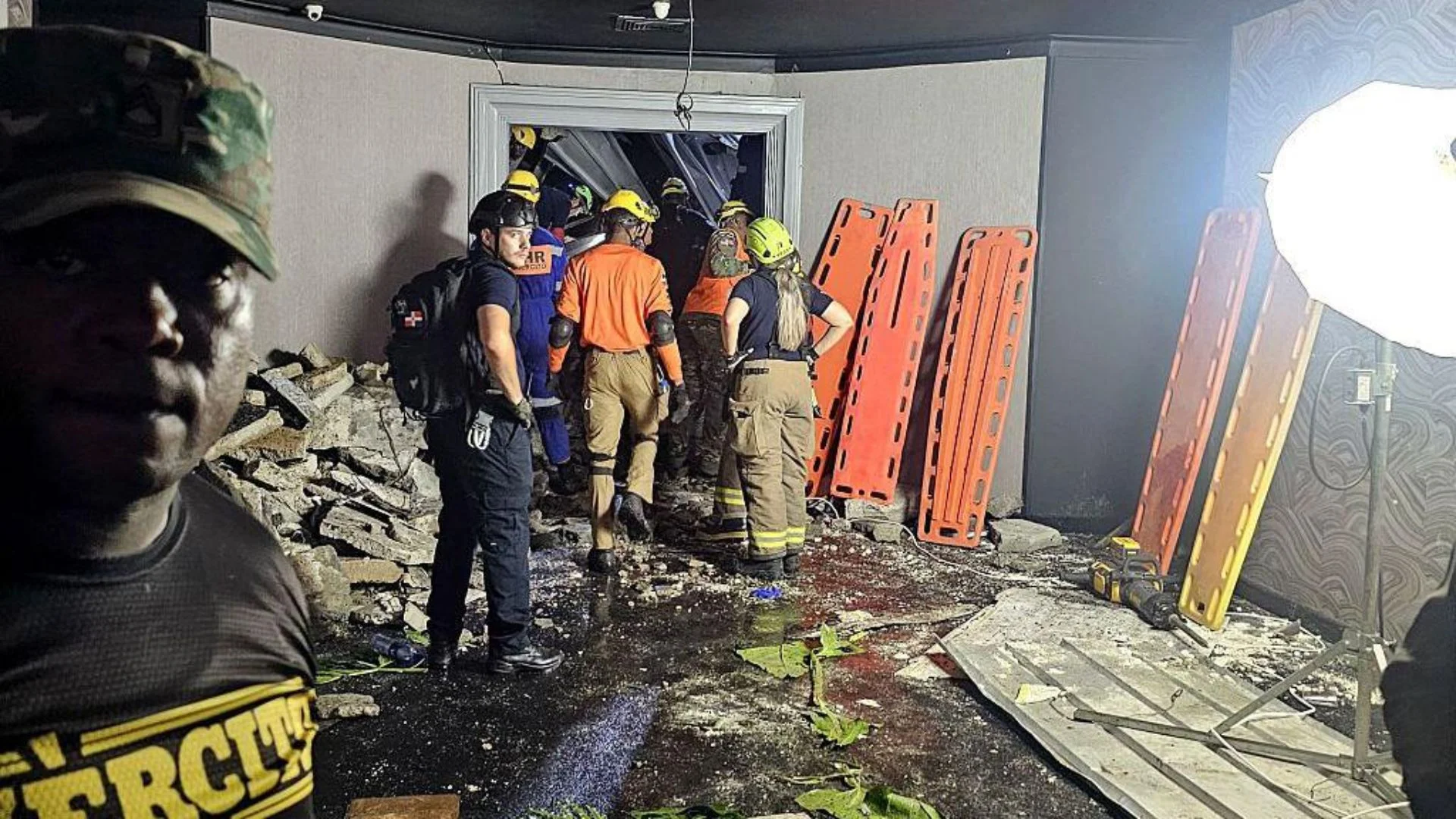Pink City’s traditional blue pottery art, which earned a GI tag, is facing a severe crisis in the current scenario. In recent years the number of artisans has also dropped drastically contributing to this crisis. The craft, which came to Jaipur in the 17th century, is now struggling to survive due to a lack of workers, high production costs, and falling market demand.
Girdhar Kumar Kumawat, a blue pottery manufacturer in Jaipur, said, “Business has dropped, especially since COVID-19. Only online orders from gift shops and home designers are keeping us going.”
The city now has only 7-8 blue pottery factories left. Each product takes 10–15 days to properly get complete. According to the manufacturing unit, a batch of 200 products costs manufacturers between Rs 40,000 and Rs 50,000, making it difficult to maintain profitability.
The art form faces additional challenges during the monsoon season when production halts completely due to moisture sensitivity, shutting down the industry for two to three months annually. This seasonal delay puts more burden on the already struggling sector.
The art’s authenticity is also in danger. With the fall of authentic artists, the market has seen a rise of fake products manufactured from mixed materials. Authentic craftspeople, who make between Rs 10,000 and Rs 15,000 each month, are finding it increasingly difficult to compete with these poor alternatives.
“I’m a fourth-generation artist,” says Aditya Kumar, who runs a workshop with his father.
He said, “While we’ve adapted by selling through online portals, the lack of skilled workers poses a serious threat. Most remaining artisans are elderly. There’s minimal interest from the younger generation in learning this intricate art form, as there is no visible profit.”
The gender gap in the sector is also evident, with very few women workers participating in the art form.
Local artist Manju Devi says, “Government help doesn’t reach us. It’s hard to run our homes as there’s very little work now.”
This Diwali season highlighted the industry’s breakdown since production was confined to diyas and candles. Even these small items require immense labour, with craftsmen only able to manufacture 50 diyas each day. Export commerce, which was previously an important revenue source, has almost disappeared. It has added further risks to the industry’s economic future. There was a minimal product sale in the metro cities.
Industry workers are calling for urgent intervention, incorporating blue pottery education into interior curricula.
“We need sustainable government support through funding schemes and promotional platforms to preserve this unique cultural heritage,” Kumawat added.
Without immediate support, Jaipur risks losing its famous blue pottery craft forever, affecting both the artisan community and the city’s cultural heritage.























